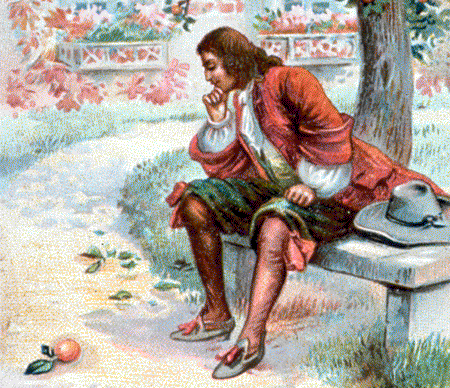|





| |
Newton's three laws of motion
Newton was the scientist who's principles of motion help
explain the creation of lift by an airfoil.
 | Newton's First Law
A body at rest tends to remain at rest, and a body in motion
tends to remain moving at the same speed and in the same directions. For example, an
airplane at rest on the ramp will remain at rest unless a force is applied which is string
enough to overcome the airplane's inertia. |
 | Newton's Second Law
When a body is acted upon by a constant force, its
resulting acceleration is inversely proportional to the mass of the body and is directly
proportional to the applied force. This law may be expressed by the formula:
Force = mass x acceleration (F=ma) |
 | Newton's Third Law
For every action there is an equal and opposite
reaction. This principle applies whenever two things act upon each other, such as the air
and the propeller, or the air and the wing of an airplane. |

|

![]()